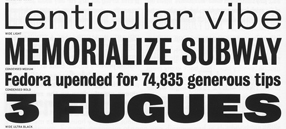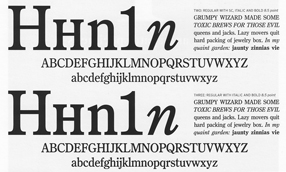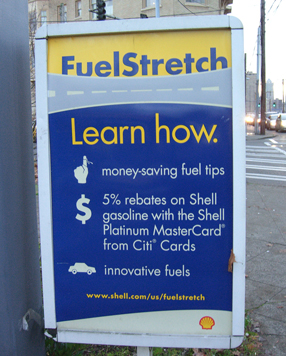I’ve just recently gotten printed copies of two books that I designed, for different publishers, both printed by print-on-demand or extremely short-run printers. And I’ve been surprised and pleased by the results.
The main problem with POD printing has been in the paper and the binding – the manufacturing, essentially, rather than the printing. Too many POD books are printed on overly bright white paper, often with the grain running the wrong way (the grain should be parallel to the spine; otherwise, the pages tend to curl from top to bottom), and bound much too tightly for easy opening and reading. The binding is still not perfect (despite being what’s misleadingly called “perfect bound” – a poor excuse for properly sewn signatures), but it’s more flexible than it used to be; and once you know how the bound book will open, you can design your pages with sufficient space in the gutter so none of the text gets lost in the glue.
These two books both have personal connections for me: the first, The WisCon chronicles: volume 2 (Aqueduct Press), is co-edited by L. Timmel Duchamp and by my partner Eileen Gunn; the second, Pushing leaves towards the sun, is a first novel self-published by my nephew Mark L. Berry, who in his “real” life is a pilot for American Airlines. I designed and typeset both books, naturally. The WisCon Chronicles was printed by Applied Digital Printing, in Bellingham, Washington, who have done quite a few short-run books for the publisher, Aqueduct Press; I made specific requests about paper stock and how flexible the books would be, and they managed to make it happen. Pushing leaves was printed by BookMobile, which was recommended by Michael Wiegers at Copper Canyon Press (when Copper Canyon has to reprint a book with a short run, they often use BookMobile); not surprisingly, the result is quite readable. Both books were printed on off-white paper, so that the pages won’t glare brightly in your face while you’re reading. While neither book lies flat when it’s opened, as a book should, they’re no worse in this than most commercially printed books these days. What this means is that both books can be comfortably read – and that POD or short-run printing is no longer the spavined, jury-rigged approximation of real printing that it once was.



